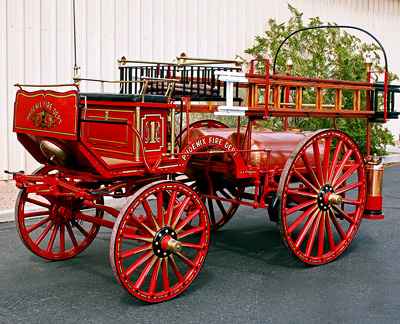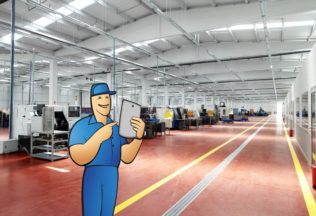Predictive Maintenance, Preventive Maintenance, or Firefighting – What’s the Best?

A third of manufacturers consider their maintenance programmes to be reactive rather than planned or predicted, according to a recent study by the Institute of Engineering and Technology (IET UK) and Bosch Rexroth.
You can also listen to this article:
A report into maintenance practices in UK industry surveyed nearly 300 engineers and found that maintenance practices continue to be a cause for concern.
Almost a third (32%) of those who took part in the survey described their maintenance as being reactive. with less than 30% implementing either predictive or preventive maintenance regimes.
One of the key barriers to adopting a more forward thinking approach by maintenance teams is resource, according to the report.
More than half (53%) of respondents answered that maintenance budgets have stagnated or decreased in recent years, and 64% responded that maintenance personnel numbers have similarly stayed the same or reduced.
Predictive Maintenance – a Step into the Future
Predictive maintenance relies on conducting maintenance based on trends within machine data. Same as condition-based maintenance, predictive maintenance monitors a machine’s efficiency and behavior based on data collected from tools such as thermal or vibration analysis, oil analysis, thermal imaging. However, unlike condition-based maintenance, the data is sent to maintenance software to discover trends and identify when a machine will need repaired or retired.
This approach ensures that equipment will be shut down before a failure. This increases a machine’s life cycle, reduces maintenance costs and lowers the overall amount of downtime for a company. However, significant costs are involved when establishing predictive maintenance.
Preventive Maintenance – a Proven Way
Preventive maintenance involves regularly performed, planned tasks that are scheduled based on either time passed or products made. This is done to reduce the possibility of asset failure.
Periodically checking, cleaning and maintaining equipment increases a machine’s life span, making it more reliable. These scheduled tasks also reduce downtime, directly impacting overall productivity and company profitability.
Setting up preventive maintenance is affordable – it is enough to have a modern MRP/MES system in place. For example, MRPeasy manufacturing software counts the time worked and the number of pieces made for signaling when a maintenance cycle ends.
In summary, there are different types of equipment failure prevention techniques that can be brought to bear on a machine, and each has its advantages and disadvantages. They aren’t replacement for each other, and can be used in combination.
Read more about Maintenance Management – Becoming Proactive with Modern Manufacturing Software.



